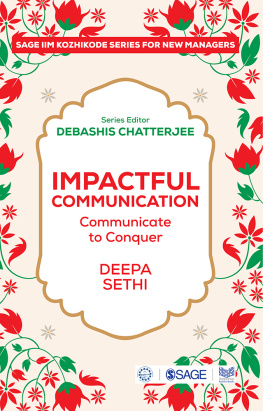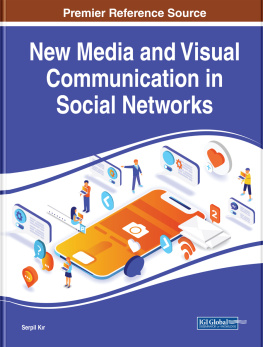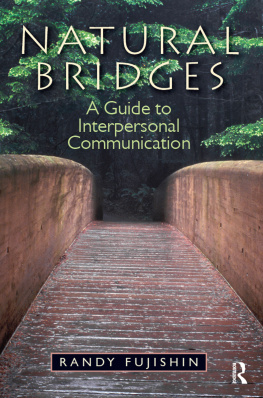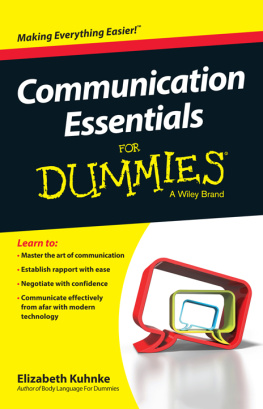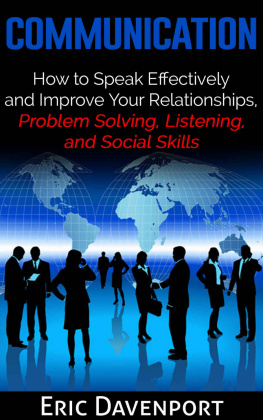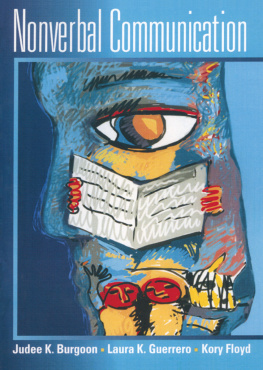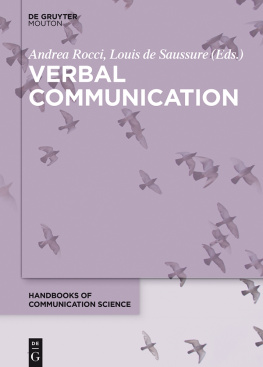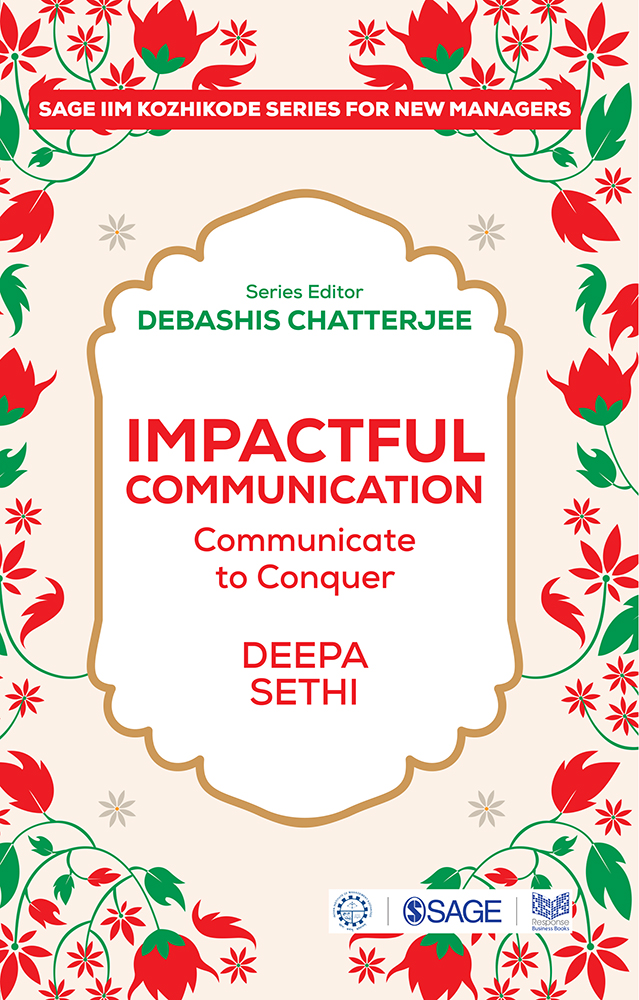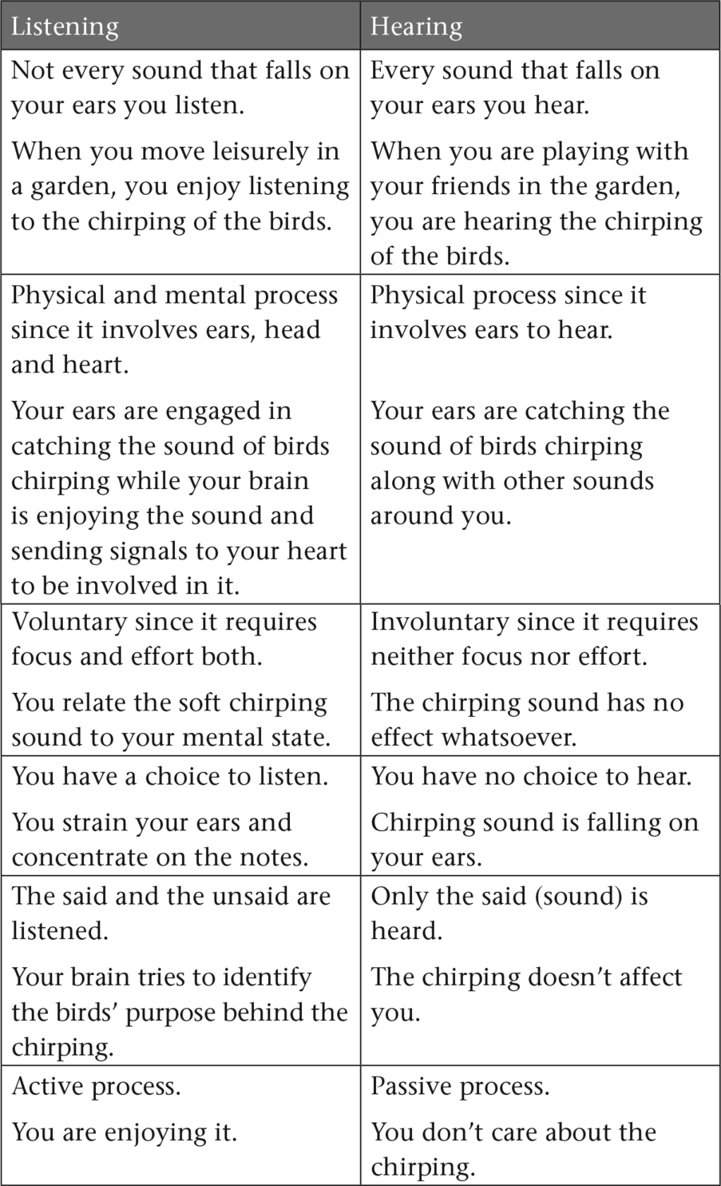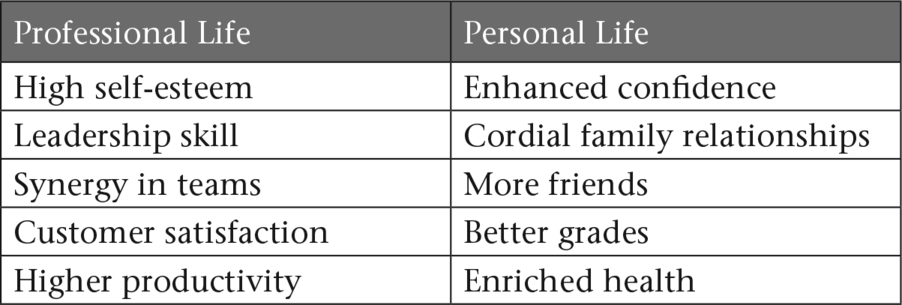BECOMING A BETTER COMMUNICATOR BY EFFECTIVE LISTENING
How many times has someone come to you with one problem and left with many? You are smiling! Yes, our biggest issue is not that we do not listen, it's the time we devote to speaking more than listening. Most of the times, we follow the 30:70 formula, where we listen 30 per cent of the time in a conversation and speak 70 per cent of the time.
You are aware by now that the first and foremost ingredient to becoming a better communicator is to learn to be an effective listener. And that will happen once we reverse the formula and make it 70:30, where we listen 70 per cent of the time and speak 30 per cent.
Did you know that listening is a choice, an art and a gift? It is a choice since it is with the mind and is conscious. It is an art because it can be developed. It is a gift since it encompasses ideas, attitudes and emotions and involves your time spent in the process.
The ability to receive and infer messages precisely in the process of communication is listening. Listening leads to effectual communication. In the absence of listening actively, messages are, certainly, misinterpreted. The outcome is that communication snaps, which in turn upsets and annoys the sender of the message and strains relationships, whether personal or professional.
LISTENING AND HEARING: ARE THEY THE SAME?
Are you aware that your ears are hearing even when you are sleeping? It's just that your brain is ignoring those sounds.
Now that we have established that listening is definitely not the same as hearing, let's explore how effective listening helps.
REWARDS OF EFFECTIVE LISTENING
Understanding concepts and ideas in a better way and forming associations between them are the rewards of listening.
LISTENING AS A PROCESS
We generally think that it takes the presence of an ear and brain's sensing abilities to make listening happen. But did you know that birds have sonic listening powers but no ears? They only have holes on each side of their brains. Hence, it is not just about big ears or just using bunch of words; listening is a whole process of sensing verbal and non-verbal cues.
Listening involves not just what is told but also how it is told. It is much more than listening to the words. Listening incorporates grasping both verbal and non-verbal messages. In fact, when you are able to sense the verbal and non-verbal messages with ease, you start your journey to becoming an effective listener. Listening is a cohesive process and comprises focus, comprehension, evaluation, empathy and feedback. These form an integral part of the effective listening process and happen simultaneously in sync with each other.
- Focus: The right frame of mind is a prerequisite of effective listening. This leads to focus on what is being said (both verbal and non-verbal) and how it is said. Focus implies absence of distraction. It requires complete concentration on what is being said through words and without words and not allow any other idea to interfere in the dedicated attention. While maintaining focus, the listener needs to deliberately try to keep away from thoughts that come in the way of listening. You should focus on the words and also on the tone, pitch and voice modulation in addition to the body language while listening.
- Comprehension: Focus leads to total attention on the said and the unsaid, while comprehension leads to interpreting the intended meaning. You need to fully comprehend the message received in order to be a part of the communication. Your listening should transform the message into a dialogue resulting in an interaction, whether you choose to speak or not. Your knowledge and experience colour your comprehension.
- Evaluation: Focus and comprehension should further lead to the evaluation of the received message. Your critical thinking ability is instrumental in the evaluation of the essence of the message. Your interest in the speaker and the message leads to fruitful evaluation.
- Empathy: Accepting that everyone has a perspective and a viewpoint facilitates having an open mind while listening. This precisely is the beginning of empathy in listening. You may agree or disagree with the speaker, but once you are open to viewpoints, you will let people speak their mind.
- Feedback: Feedback happens when you assimilate what you listened with regard to your own experiences. Response may be in terms of a sound such as um and ah, or word/s such as OK, I see and fine; question/s such as is it? and how? or gestures such as head nods and eye movements.
TYPES OF LISTENING
Most of the listening required in business can be categorized as follows:
Informative listening: The first day of joining the first job is a bag of excitement, apprehension and confusion. While you are figuring out where to start, you are informed that you are supposed to attend a briefing with the heads of different departments. How keenly you would listen to each and every information shared, noting down the important things and actively participating in the question and answer (Q&A) session to sort out your queries. This is informative listening. It is meant to gain information and requires complete attention. The purpose is to acquire correct and complete information. Details of the information are required to be stored for retention and future use. Other instances of informative listening are informative sessions, briefing sessions, etc.
Active listening: In a client meeting, while negotiating a big deal for an ambitious project, you are engrossed wholeheartedly in the discussion, making every effort to address every issue raised by the other meeting attendees handling the minutest details. This is active listening. It is the most ideal form of listening. Here, you deliberately concentrate on what the speaker is sharing. You do not let your attention break loose. This type of listening is complex and is imbibed with practice. It requires paying complete attention to the speaker and also be perceived as listening by the speaker. In the absence of the latter, the speaker may get an impression that you are not interested or disengaged with the speaker. The non-verbal cues to convey that you are actively listening are maintaining eye contact, giving head nods, using gestures and smiling, while the verbal cues are using words like yes or filler words such as oh, really? uh-huh, hmm and indeed. Verbal cues also include asking questions and seeking clarifications, paraphrasing, summarizing and so on. This verbal and non-verbal feedback not only encourages the speaker to communicate openly and easily but also augments the speaker's confidence in you. Other instances of active listening are business interactions, feedback sessions, interviews, meetings, etc.
Empathetic listening: When a client comes with a complaint, you would want to resolve it in order to maintain professional and cordial relations with the client. And any complaint that you can understand from the client's perspective enables you to solve it better. This is empathetic listening. It is a very powerful form of listening. In addition to the traits of an active listener, you need to make effort to comprehend the emotional meaning of what has been spoken. In active listening, you respond verbally and/or non-verbally. In empathetic listening, you also try to feel both the speaker's content and context to figure out the underlying message. Examples of empathetic listening include customer relations, counselling sessions and some aspects of performance, hiring and disciplinary interviews.

